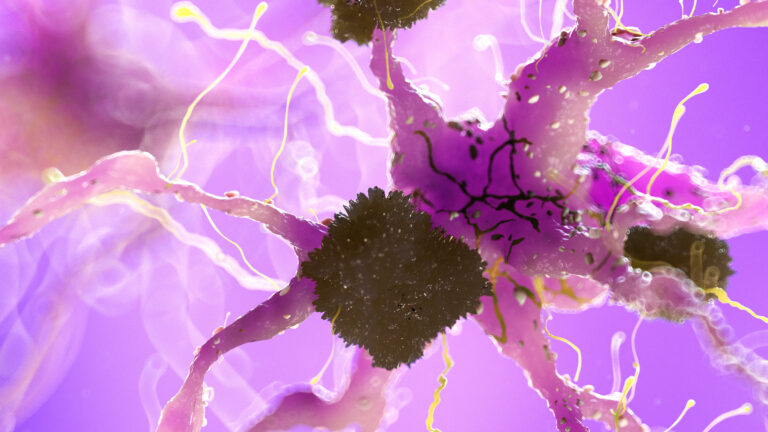Infections can indeed lead to chronic joint pain, a condition that arises when an infection affects the joint tissues and causes ongoing inflammation or damage. This phenomenon is medically recognized and can occur through several mechanisms, including direct infection of the joint (septic arthritis), post-infectious inflammatory responses (reactive arthritis), or persistent infection-related immune activation.
One of the most direct causes is **septic arthritis**, which is an infection inside a joint caused primarily by bacteria. The most common pathogens are gram-positive bacteria, especially *Staphylococcus aureus*, which accounts for about half of all cases in native joints such as the knee and shoulder. Septic arthritis is a medical emergency because the infection can rapidly destroy joint cartilage and bone, leading to irreversible joint damage and chronic pain if not treated promptly and effectively. Even with treatment, some patients may experience long-term joint dysfunction and pain due to the damage caused during the infection and inflammation phase [1][5].
Beyond septic arthritis, infections can trigger **reactive arthritis** (formerly known as Reiter’s syndrome), which is an autoimmune condition that develops after certain infections, typically in the urogenital or gastrointestinal tracts. Reactive arthritis is characterized by joint pain and swelling, often accompanied by inflammation in the eyes and urinary tract. It is not caused by direct infection of the joint but by an immune response triggered by the infection elsewhere in the body. Genetic factors, such as carrying the HLA-B*27 allele, increase susceptibility to reactive arthritis. This condition can cause chronic joint pain and inflammation lasting months or even years in some cases [7].
Chronic joint pain after infections can also be part of **post-viral syndromes**, where symptoms persist long after the initial infection has resolved. Viruses may cause prolonged immune activation or low-level persistence in tissues, leading to symptoms such as muscle and joint pain, fatigue, and cognitive difficulties. These post-infectious syndromes are increasingly recognized in medical research, especially following viral infections like influenza or coronaviruses, and can contribute to chronic musculoskeletal pain [13].
Infections related to orthopedic procedures, such as **periprosthetic joint infections (PJI)** or **fracture-related infections (FRI)**, also demonstrate how infections can cause long-term joint problems. These infections often require multiple surgeries and prolonged antibiotic treatments. Even after successful treatment, patients frequently report reduced quality of life due to persistent pain, mobility limitations, and functional impairments. Reinfections worsen these outcomes, highlighting the chronic burden infections can impose on joint health [3].
The mechanisms by which infections lead to chronic joint pain include:
– **Direct tissue damage**: Bacteria or other pathogens invade the joint space, destroying cartilage and bone.
– **Immune-mediated inflammation**: The body’s immune response to infection can persist or become dysregulated, causing ongoing joint inflammation even after the infection clears.
– **Genetic predisposition**: Certain genes, such as HLA-B*27, influence susceptibility to post-infectious autoimmune joint diseases.
– **Persistent infection or antigen presence**: Some infections may not be fully eradicated, or residual microbial components may continue to stimulate inflammation.
Treatment approaches vary depending on the cause but generally include antibiotics for bacterial infections, anti-inflammatory medications such as nonsteroidal anti-inflammatory drugs (NSAIDs), corticosteroids, and sometimes immunosuppressive drugs for autoimmune-related joint inflammation. Physical therapy is often necessary to restore joint function and reduce disability [1][7].
In summary, infections can lead to chronic joint pain through direct infection of the joint, immune system reactions following infection, or persistent post-infectious syndromes. These conditions are well-documented in medical literature and require timely diagnosis and appropriate management to minimize long-term joint damage and pain.
Sources:
[1] Frontiers in Medicine, 2025
[3] PMC, National Institutes of Health
[5] Epocrates, Evaluation of Inflamed Joint
[7] EBSCO Research Starters, Reiter’s Syndrome and Genetics
[13] Virology Research Services, Post-Viral Syndromes





